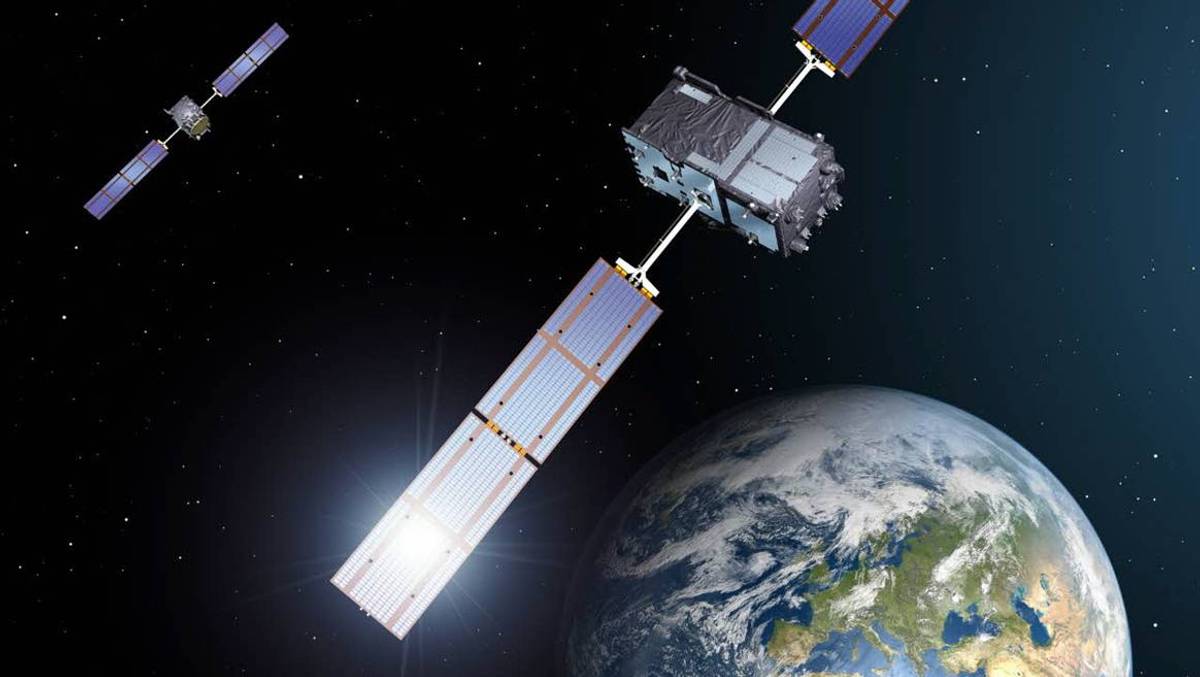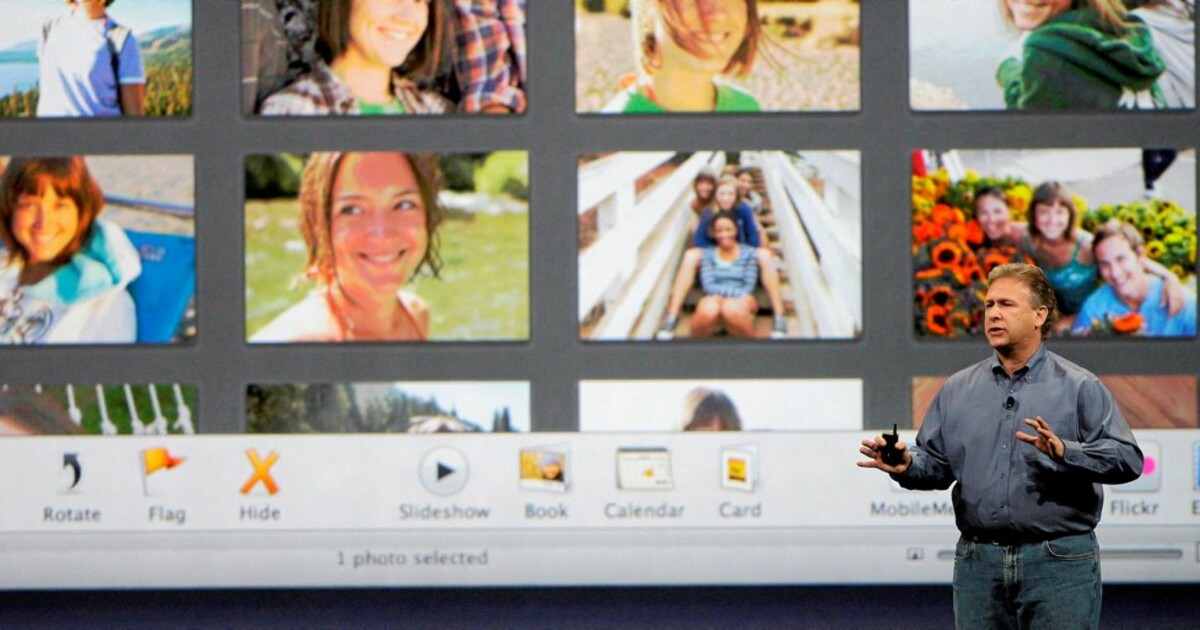The World Health Organization (WHO) says that there are about 1.3 billion people worldwide who “suffer from significant disability,” or a staggering 16% of the world’s population. According to Indian government data, 2.68 million Indians are people with disabilities. It is a common fact that people with disabilities (persons with disabilities) face greater discrimination and difficulties, both in terms of mobility, access to resources, and some of them education. There are clear gaps and pressing issues, but here technology plays a small but important role in helping people with disabilities live easier lives.
And to mark International Day of Persons with Disabilities, celebrated on December 3 every year, we take a look at some of the ways technology is helping people with disabilities in their own ways:
For greater mobility
NeoMotion is an Indian Institute of Technology (IIT) startup, incubated in Madras, offering solutions for wheelchair users to travel long distances. This is done with an additional mobility device that is attached externally to the manual wheelchair, turning it into an outdoor mobility device.
It has two elements. NeoFly is a custom-made wheelchair, created after clinical assessment of the person, to provide correct posture and adaptation. Then there’s the NeoBolt, a clip-on device that lets you turn a wheelchair into a kind of scooter that can be ridden on the road, providing greater mobility for people with motor disabilities.
Appreciating NeoMotion, Zomato CEO Deepinder Goyal said in a post on X in August that the company has over 160 delivery agents with different skills who deliver orders in specialized vehicles.
“I’m proud to say that @zomato now has over 160 different delivery partners who have delivered around 39,000 orders. Our goal: engage 300 partners by December 23rd. Share
photos from our last boarding trip to Chennai. Thank you to @neomotionlive and @HIDGlobal,”
he wrote.
Last year, MOBIS, the world’s leading auto parts company, also partnered with NeoMotion to provide special motorized wheelchairs for 500 people. MOBIS is implementing this project as part of its CSR initiatives.
For deaf people
The simple act of communicating with others can be a challenge for people with hearing and speaking difficulties. This can have a major impact on education, employment opportunities, and general quality of life.
BleeTech is an Indian startup that “offers design and technology-based solutions for the deaf community. One of its products is BleeTV Library which allows deaf children to access a wealth of information in Indian Sign Language (ISL). Then there is BleeBooks which contains “stories and activities for deaf children” .
Additionally, there are several apps aimed at the deaf community, such as Ava. A transcription application, which transcribes the words of a group of people in real time. To do this, everyone in the group must install the application and, using a microphone, the conversation is transcribed. Ava can be especially useful for people with hearing loss or partial hearing, who would otherwise have to rely on lip learning or other means to follow conversations.
For tremors
Shaking can make simple actions such as holding a spoon and eating very difficult for people with Parkinson’s disease. Then, in 2013, Lift Labs, a US-based company founded by University of Michigan graduate student Anupam Pathak, invented a spoon designed to combat vibrations. This is done by first detecting vibrations with an accelerometer and then reacting with an actuator.
Google acquired the company in 2014 and launched its own scoop that same year.
Provide Braille
One company making Braille learning accessible is Thinkerbell Labs with its flagship product Annie, a self-learning Braille device that “teaches children to read, write, and type Braille.” It consists of “tactile hardware modules tailored for teaching, along with a gentle human voice that guides students through learning, eliminating the need for handheld devices and constant supervision,” the company said. “Annie immediately evaluates student responses and provides intelligent corrective feedback,” he added.
Not only that, technology has also revolutionized the function of simple watches. However, this is still not inclusive enough, especially for the blind.
Enter — Dot, a braille smartwatch for the visually impaired. It allows you to access all smartphone functions with simple touch gestures, thanks to Braille. It can also be connected to your smartphone and you can check who is calling. It also comes with other smartphone features that can be accessed via braille.

“Music maven. Evil pop culture lover. Unapologetic creator. Friend of animals everywhere.”






